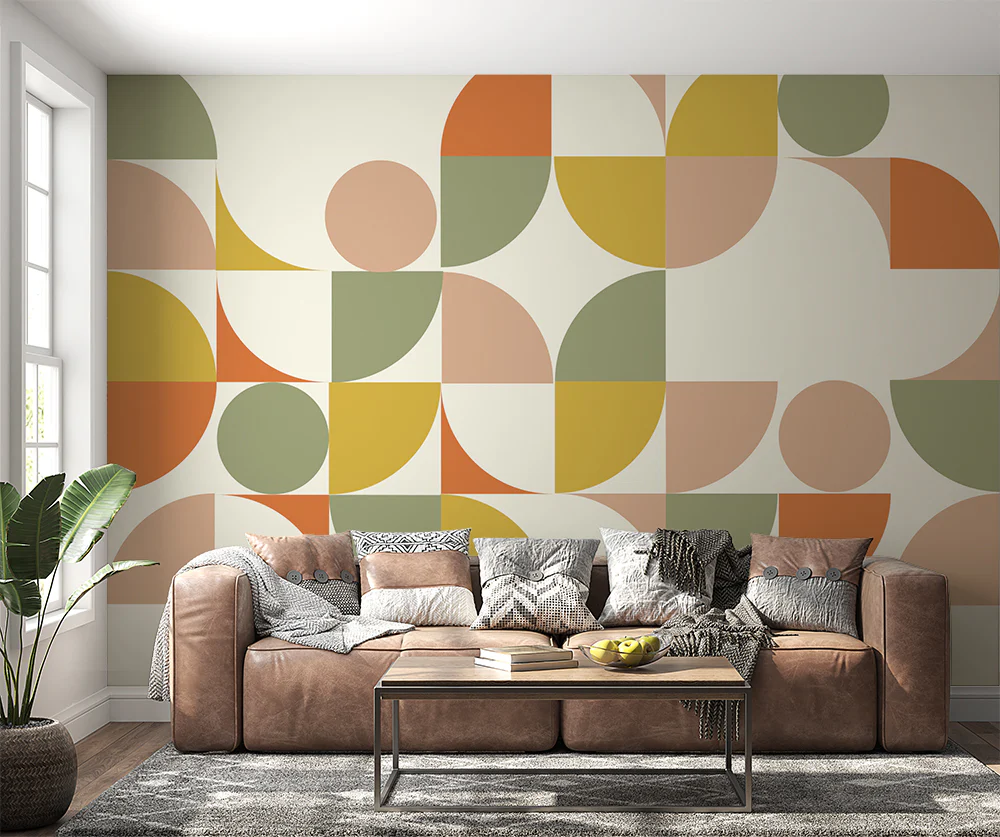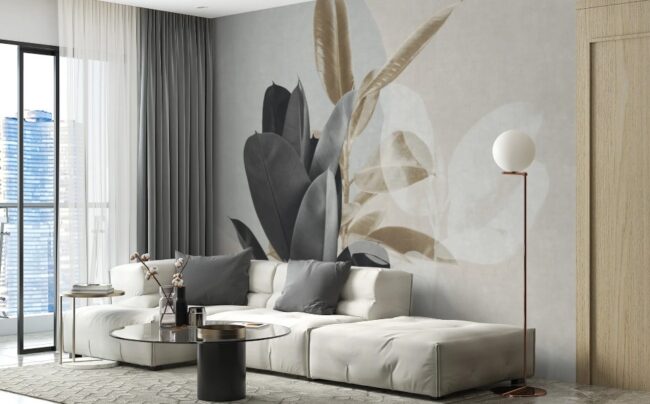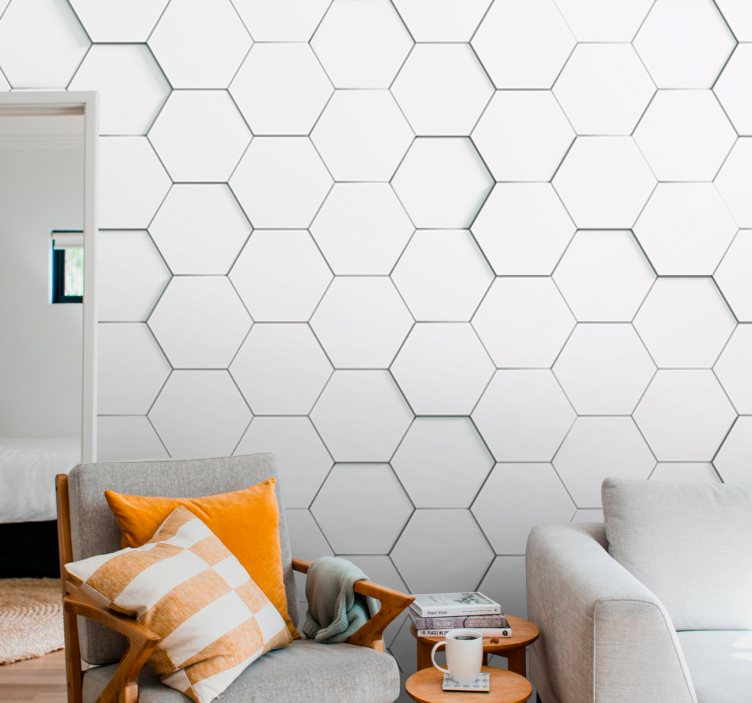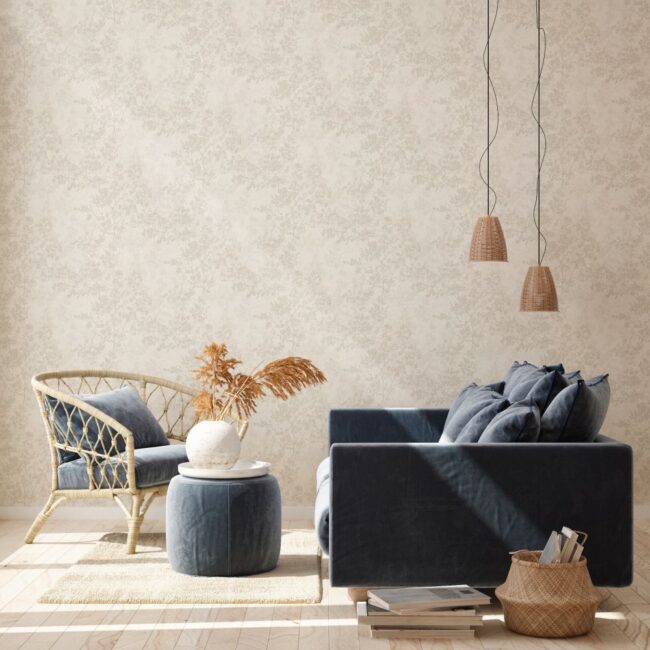
Some rooms just fight you. You repaint, rearrange, swap out furniture, and somehow the space still feels… off. It happens in old homes, new builds, tiny apartments, and even perfectly renovated rooms.If you’ve ever stood in the middle of a room thinking, “Why does this still look wrong?” you’re not alone.
Homeowners scroll through Pinterest, ask friends for advice, and start searching for wallpaper hangers near you the moment paint and decor stop working. The secret pros know (and rarely explain in detail) is that wallpaper isn’t just decoration, it’s a powerful tool for fixing problem walls without rebuilding the room.
From weird corners and low ceilings to bumpy surfaces and bad proportions, wallpaper can quietly “cheat” your space into looking more balanced, taller, wider, and more expensive. These tricks aren’t magic, they’re design logic plus a bit of installer experience. Let’s go through them one by one.
Why Your Walls “Fight Back” (and What Wallpaper Can Secretly Fix)
Your walls fight you in three main ways: shape, surface, and light. Maybe the room is long and narrow, the ceiling feels low, or there’s a random bump-out that ruins symmetry. Maybe the drywall has patches, dents, or texture that never looks smooth, no matter how many coats of paint you roll on. Or maybe the light in the room makes every color look off, too cold, too flat, too “rental.”
Wallpaper can’t move walls, but it can change how you see them. The right pattern can visually stretch a short wall, calm a busy one, or turn an awkward corner into a feature instead of a flaw. Texture can soften harsh lighting and make imperfect surfaces look intentional instead of sloppy. That’s why professionals reach for wallpaper when paint and staging still don’t deliver.
Trick #1: Use Scale and Pattern to Correct Awkward Room Shapes

Most people focus only on color, but pros think in terms of pattern scale. In a tiny room, small patterns can make the space feel cluttered, like visual noise. In a big, empty room, a tiny pattern can fade away and make the space feel even more echoey and cold.
Here’s how scale works in your favor:
- Small room, big pattern: A bold, oversized print on one or two walls can actually make a small room feel more intentional and stylish instead of cramped. It turns the space into a “jewel box” moment.
- Long, narrow room: A horizontal stripe or pattern that moves sideways can visually widen the space and break up the bowling-lane effect.
- Low ceiling: Vertical stripes or patterns that draw the eye up will “lift” the room, making the ceiling feel higher without touching the actual structure.
Contractors know that when a room feels wrong, the pattern scale is often the real problem, not the furniture. Get the scale right, and the layout suddenly feels deliberate, not accidental.
Trick #2: Hide Wall Flaws with Texture, Not More Paint
If you can see every bump, patch, or roller mark on your walls, adding more paint is like turning up the brightness on a bad selfie. It just emphasizes what’s already there. Installers often solve this by using wallpaper with subtle texture instead of chasing a perfectly smooth drywall finish.
Some of the most forgiving options include:
- Linen-look wallpapers that create a soft, woven effect and blur minor imperfections.
- Lightly embossed patterns that add dimension and distract from tiny dents and inconsistencies.
- Faux grasscloth or fabric prints that mimic natural materials and look high-end even in average rooms.
You still need basic prep, loose paint, major cracks, and deep holes must be fixed. But once the surface is sound, textured wallpaper can do what paint never will: make the wall look intentionally imperfect, in a good way.
Trick #3 – #7: Seams, Corners, Outlets, and Ceilings ─ Where Pros Cheat a Little

The real wizardry shows up in the details. This is where experienced installers quietly “cheat” to make difficult rooms look clean and seamless. Here are five subtle tricks pros use all the time:
- Trick #3: Hiding seams in low-visibility zones. Instead of placing seams in the middle of a focal wall, pros line them up behind doors, near corners, or where furniture or art will sit. Same wallpaper, but suddenly the wall looks like one continuous surface.
- Trick #4: Softening imperfect corners. In older homes, corners are rarely perfectly straight. A professional will sometimes slightly overlap or micro-trim the paper in corners to hide crooked angles, so the eye reads the corner as clean and vertical.
- Trick #5: “Framing” outlets and switches. Around outlets, light switches, and thermostat boxes, pros cut with extra care and sometimes adjust where the pattern “lands” so the wall still looks balanced. It’s a tiny detail that keeps the eye from being drawn to small disruptions.
- Trick #6: Playing with the ceiling line. In rooms with wavy ceilings, installers may choose a pattern that doesn’t draw a hard line at the top, or they might drop the paper just a fraction below the actual ceiling to keep the edge looking straight.
- Trick #7: Breaking rules on feature walls. Sometimes pros will intentionally break the “start in the corner” rule and begin hanging paper in the center of the wall instead. That way, the pattern is perfectly centered behind a bed, sofa, or TV, and any compromise gets pushed out toward less noticeable corners.
None of these tricks are dramatic, but together they’re the difference between “Looks fine, I guess” and “Wow, this room feels professionally designed.”
Wallpaper Game Plan ─ A Simple Checklist Before You Start

Before you buy rolls or book an installer, step back and look at your room like a pro would. A quick game plan will save you money, stress, and “I wish I’d known that earlier” moments.
- What is the room’s biggest problem: shape, surface, or lighting?
- Do you need wallpaper on all four walls, or would one or two feature walls be smarter?
- Is your room small and cozy, or large and echoey? Choose a pattern scale accordingly.
- Are there obvious wall flaws that would be better disguised with texture than with flat color?
- Where are your focal points, behind the bed, sofa, dining table, or TV? Center patterns there.
- Where will seams land? Think about doors, windows, and tall furniture before you start.
When you treat wallpaper as a problem-solving tool instead of just a pretty print, your walls stop “fighting” you. Instead of wrestling with paint colors and decor that never quite work, you use pattern, texture, and a few simple pro tricks to make the room finally feel right. And that’s exactly why installers are so confident walking into “difficult” spaces, they know the walls aren’t the boss. The design is.
